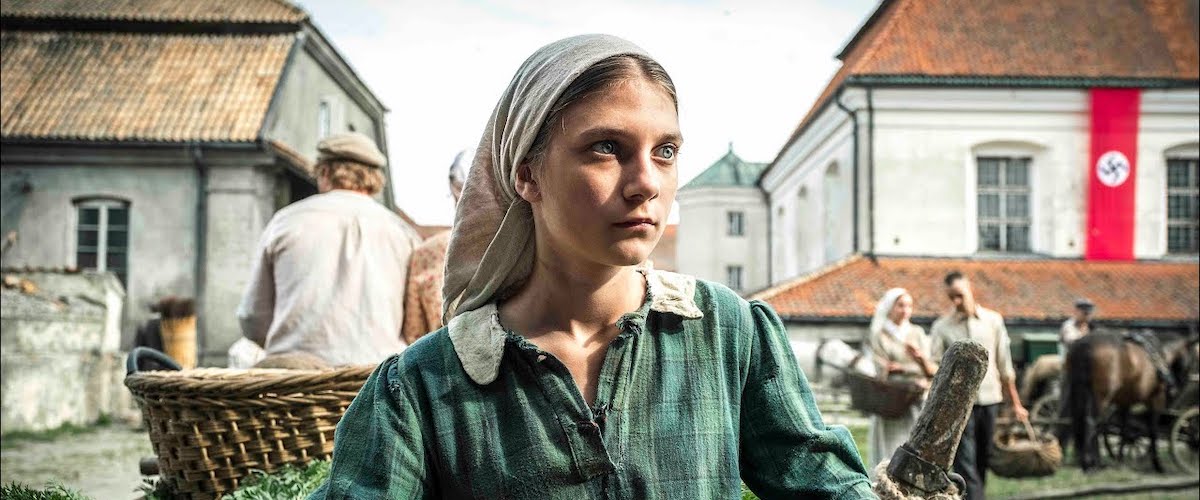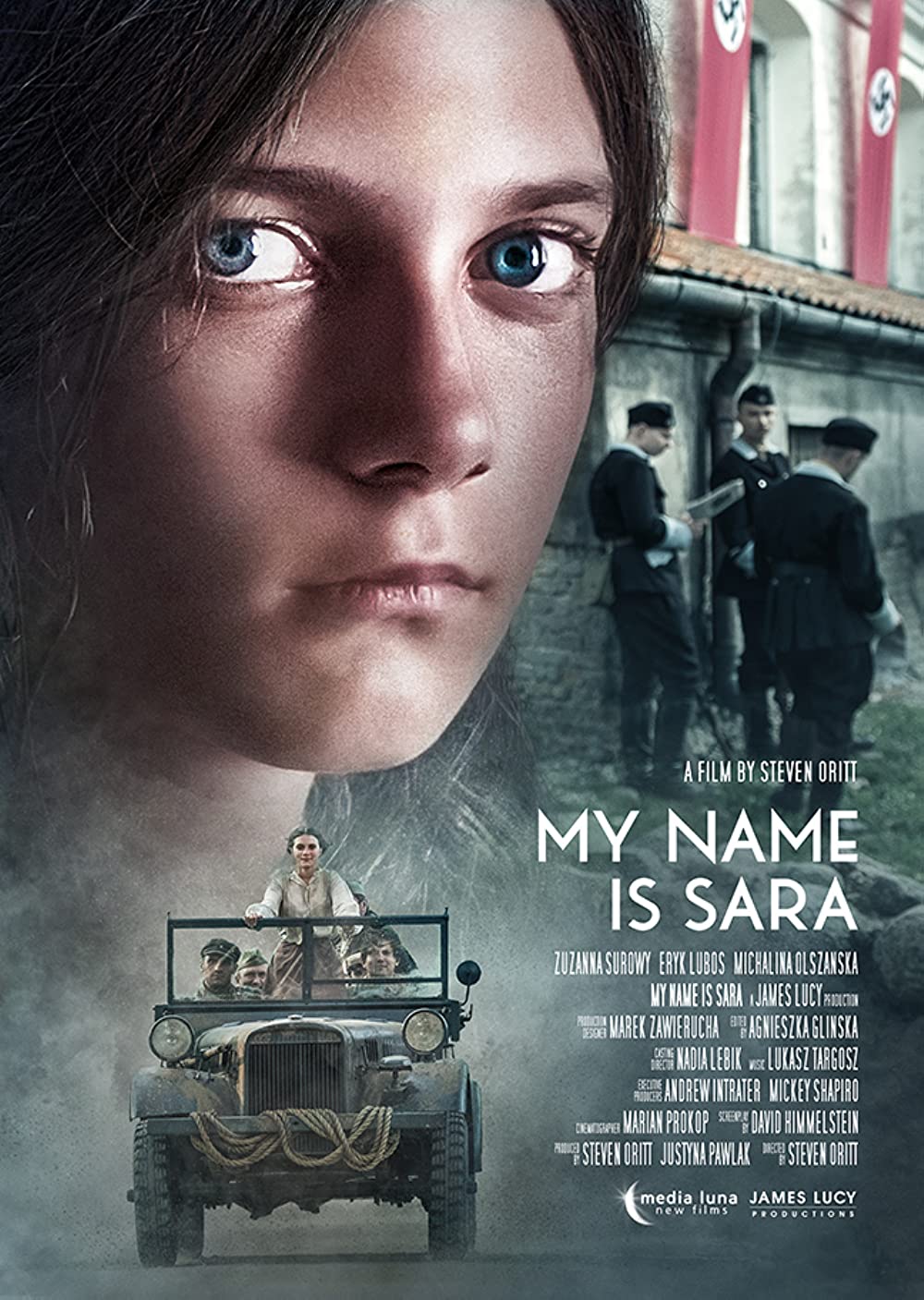My Name Is Sara
Review by Gary Goldstein
“My Name Is Sara,” directed by Steven Oritt from a script by David Himmelstein, is a worthy addition to the seemingly endless string of fact-inspired, Holocaust stories that have vitally found their way to the big and small screens.
It’s an absorbing, affecting, well-performed look at several years in the life of Sara Góralnik, who, in 1942 at age 12, escaped imminent death at the hands of the German army by fleeing her Polish town of Korets (in what is now Ukraine) and making her way, against the odds, to the Ukrainian countryside.
Sara (Zuzanna Surowy) changes her name to Manya (after a classmate), credibly passes herself off as a 14-year-old Orthodox Christian and is taken in by boorish farmer Pavlo (Eryk Lubos) and his chilly young wife, Nadya (Michalina Olszanska), to serve as a nanny to their two young boys. But can Sara’s true identity stay a secret amid the barrage of suspicion coming from every corner of her new life?
This potentially fatal reveal generates most of the film’s sizable — and deftly constructed — tension as the story tracks Sara’s grueling months hiding out on the increasingly beleaguered farm. Whether it’s deflecting Pavlo’s baser intentions, keeping Pavlo and Nadya’s sexual secrets, enduring the terrors of the area’s Nazi occupiers or braving a marauding band of Russian partisans, Sara’s keen and crafty survival instincts are always on display — and stirring to behold.
That we’re enveloped by her treacherous plight from start to finish is due in no small part to first-time actor Surowy’s gripping, deeply textured and sympathetic performance.
This atmospheric film, shot entirely in northeastern Poland, has its share of physically and emotionally tough moments, including a Hitler-ordered execution of innocent Ukrainian townsfolk and flashbacks to the loving, ill-fated family Sara had to leave behind. But no scene proves more unpredictably powerful than one in which a desperate Pavlo must plow an immense field with the excruciating help of a dying cow. It’s a haunting and harrowing sequence within a thoroughly resonant portrait.





